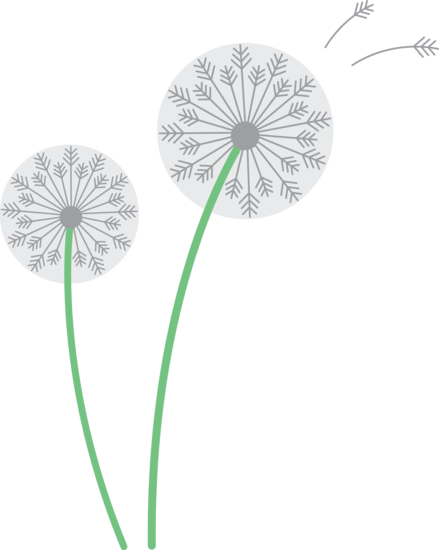
Dandelion Information
Dandelion Ecology
 The dandelion is native to Eurasia and is now naturalized through North America, South America, Southern Africa, Australia, New Zealand and India. It occurs in all 50 states in the USA and most of Canada. The dandelion is considered a noxious weed in some jurisdictions and a nuisance in many residential areas in North America. Dandelion is also an important weed in agriculture and causes significant economic damage because of its infestation in many crops worldwide. Dandelions bloom throughout the growing season with greater activity in the spring and fall, depending on temperature and moisture conditions. Seeds are produced throughout the summer.
The dandelion is native to Eurasia and is now naturalized through North America, South America, Southern Africa, Australia, New Zealand and India. It occurs in all 50 states in the USA and most of Canada. The dandelion is considered a noxious weed in some jurisdictions and a nuisance in many residential areas in North America. Dandelion is also an important weed in agriculture and causes significant economic damage because of its infestation in many crops worldwide. Dandelions bloom throughout the growing season with greater activity in the spring and fall, depending on temperature and moisture conditions. Seeds are produced throughout the summer.
The dandelion is a member of the Sunflower family of plants (Asteraceae). This is a huge and diverse family that contains over 22,000 species. Besides sunflowers and asters, dandelions are also close relatives to chrysanthemums, marigolds, lettuces, and artichokes. The dandelion is an early successional herbaceous perennial, meaning it consists solely of soft tissue, has an indefinite lifespan and is commonly found on disturbed sites in nature.
Many different species of animals and insects feed upon the dandelion. Bears, deer, pigs, goats, rabbits and birds are a few that commonly feed upon the green leaves and blossoms of the plant.
Dandelions are a food source for butterflies, moths, honey bees and many other insects, and also for shelter. The insects pollinate the dandelion flower and also feed upon the blossoms nectar and the fruit seeds.
Since dandelions readily populate disturbed and over-grazed habitats, they serve as an important food source for cattle and other wild life, thus their colonization in these areas is often encouraged. However, dandelions can also pose a threat to alpine zones and upper forests through competition with conifer seedlings.
[back to dandelion information page]
For more information about the dandelion, check out the dandelion factoids section,
or explore some unique dandelion folklore, myths and legends.


